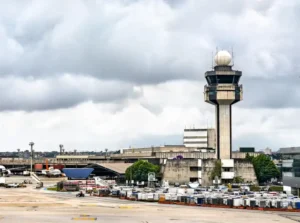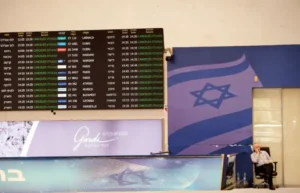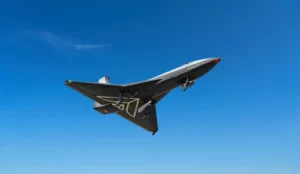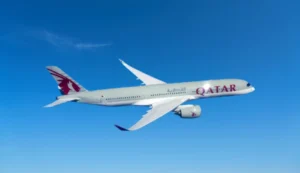Turkish Airlines Plans 8% Fleet Growth by 2025, Despite Hurdles
While Turkish Airlines is navigating a complex environment with delivery delays and geopolitical uncertainties, its strong financial performance and expansion strategy suggest it is well-positioned for future growth. The airline’s ability to manage its vertical integration and mitigate supply chain disruptions will play a key role in how it handles these challenges in the coming years.

Photo Source: www.creativebusinesscompany.com
Turkish Airlines plans to increase its fleet by 8% by 2025, targeting around 530 aircraft, up from the current 474. This growth is part of the airline’s broader strategy to boost its capacity and meet rising demand, despite ongoing challenges from aircraft delivery delays and issues with Pratt & Whitney’s geared turbofan (GTF) engines.
The carrier’s fleet is expected to grow to 493 by the end of 2024, with the 530-jet target set for 2025. According to CFO Murat Seker, the expanded fleet will include a combination of narrowbody and widebody aircraft, along with additions for its low-cost carrier subsidiary AJet and cargo operations.
This growth comes at a time when Turkish Airlines has faced significant disruptions, notably the grounding of 42 aircraft due to engine problems. Seker noted that the number of grounded jets will increase to 45 by the end of 2024, marking the peak of these issues. While a resolution to the GTF situation in 2025 is unlikely, the airline has secured compensation agreements with Pratt & Whitney, which will help mitigate some of the financial impacts.
Despite these operational challenges, Turkish Airlines continues to perform well financially. The airline reported a 5.4% increase in passenger capacity in Q3 2024, driven by strong international traffic, and posted a revenue of $6.6 billion, a 4.9% year-on-year increase. Its cargo business has also been a bright spot, with Q3 cargo revenues surging 47% to $911 million, securing its place as the world’s third-largest air cargo carrier.
However, geopolitical tensions in the Middle East and the ongoing Russia-Ukraine conflict have put a strain on the airline’s operations. Turkish Airlines has seen a 20% drop in capacity and a 30% revenue decline in the Middle Eastern region, which has been further complicated by the closure of some key destinations such as Tel Aviv and Beirut.
Looking ahead, Turkish Airlines is planning new long-haul routes to destinations like Lima, Peru, and Phnom Penh, Cambodia, to bolster its international network. While aircraft delivery delays have made financial forecasting for 2025 more complex, Seker remains optimistic about the airline’s ability to adapt and grow.






